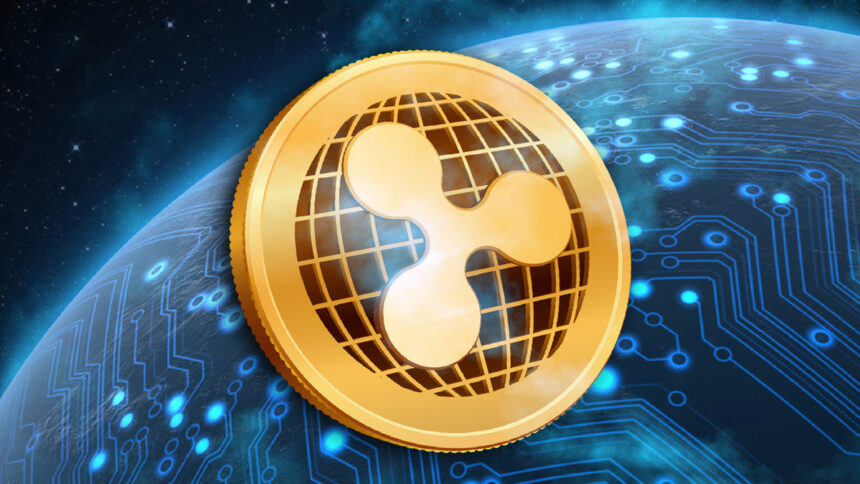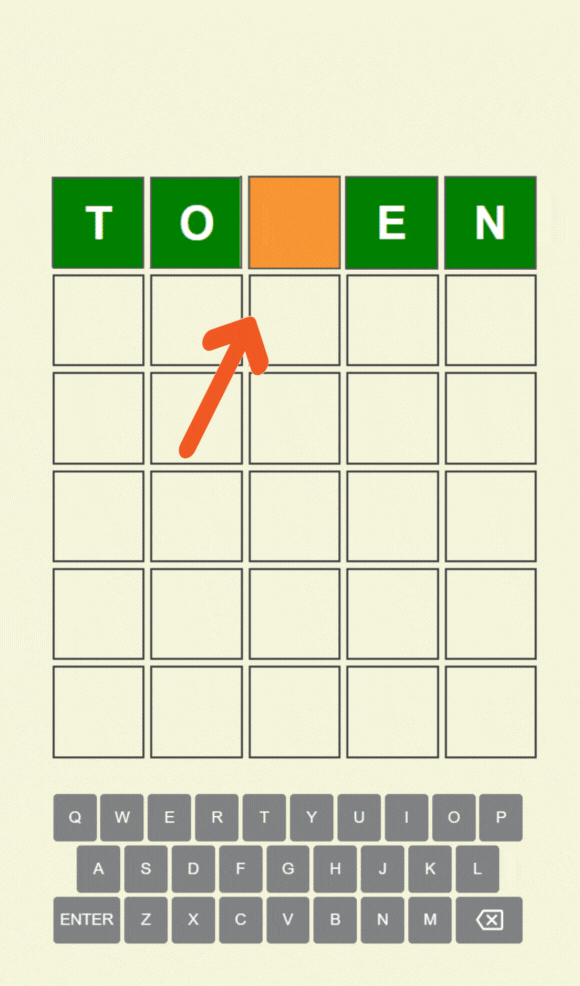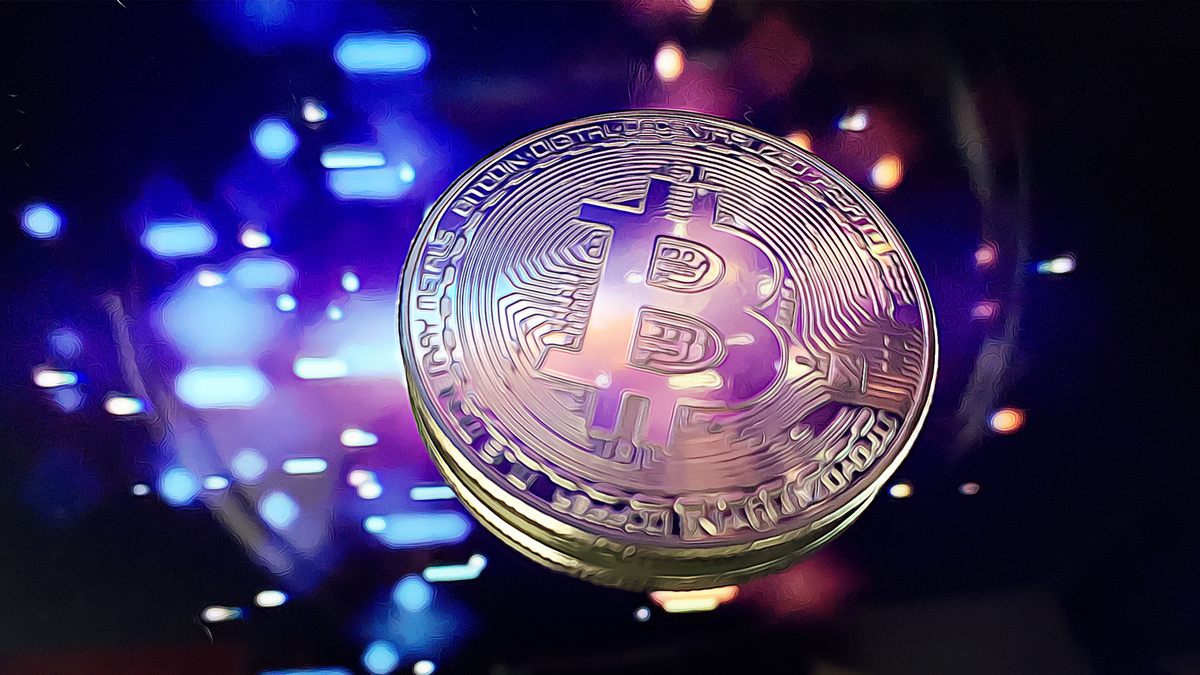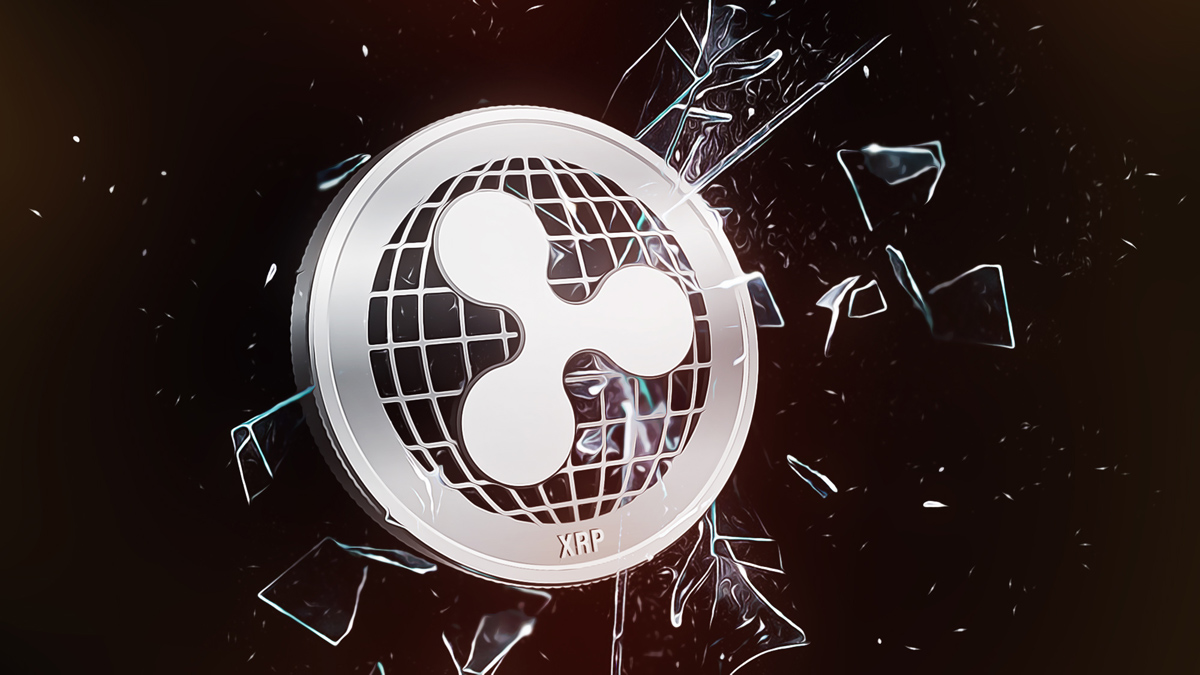Ripple  $2 continues its efforts in the financial technology sector with a significant announcement, revealing the integration of Circle’s stable cryptocurrency asset, USDC, directly into the XRP Ledger (XRPL) network. This development makes USDC natively available on the XRPL main network, allowing users to conduct USDC transactions directly on the XRP Ledger.
$2 continues its efforts in the financial technology sector with a significant announcement, revealing the integration of Circle’s stable cryptocurrency asset, USDC, directly into the XRP Ledger (XRPL) network. This development makes USDC natively available on the XRPL main network, allowing users to conduct USDC transactions directly on the XRP Ledger.
Systematics and Governance of the XRPL Network
Despite being commonly associated with Ripple, the XRPL network is actually governed by a global community of validators and developers. The network employs the Federated Consensus Protocol technology, where network participants, known as validators, reach a consensus on the validity and order of transactions every three to five seconds. This ensures that the network operates efficiently and reliably.
The network’s decentralized architecture permits the creation of decentralized finance (DeFi) applications, providing high transaction speed and low costs due to its technical infrastructure. These features enable diverse utilization of the XRPL network.
Benefits and Industry Impacts of USDC Integration
The integration of USDC into XRPL is expected to boost liquidity on the network. This could simplify operations in cross-border payments, remittances, and decentralized finance applications. According to market experts, this move could facilitate the more practical and swift use of crypto assets.
Ripple officials emphasized the significance of USDC’s native use on the XRPL main network for innovation.
Market observers argue that this development could make XRPL more competitive compared to other DeFi platforms.
Market Dynamics and Competition
Circle’s USDC currently holds approximately 25% of the total stable crypto asset market, ranking second to Tether‘s USDT in market share. Experts forecast that integrations across various networks will increasingly enhance market diversity.
Circle managers highlighted the broadening of USDC’s application scope through integration with various blockchain networks.
These integrations are poised to play a crucial role in turning stable crypto assets into universal instruments of transaction.
The primary reason for the preference for stable assets in the crypto ecosystem is their resistance to price fluctuations and their peg to local currencies. Consequently, users and businesses often choose stable assets for secure and fast transactions.
Experts agree that USDC support integrated into XRPL could increase the network’s use and popularity. This advancement on XRPL could serve as a model for similar projects and highlight the importance of such integrations for stability and diversity in crypto asset markets.
Ripple’s support for USDC on XRPL is considered a pivotal step in the development of blockchain-based financial services. It seems probable that such collaborations will become more widespread, benefiting both traditional finance and the crypto industry. Such integrations may provide users with more options for operations across different platforms and contribute to broader financial accessibility. For investors and developers, the evolution of reliable and transparent transaction infrastructures is deemed crucial for the sector’s sustainability.

 Türkçe
Türkçe Español
Español








